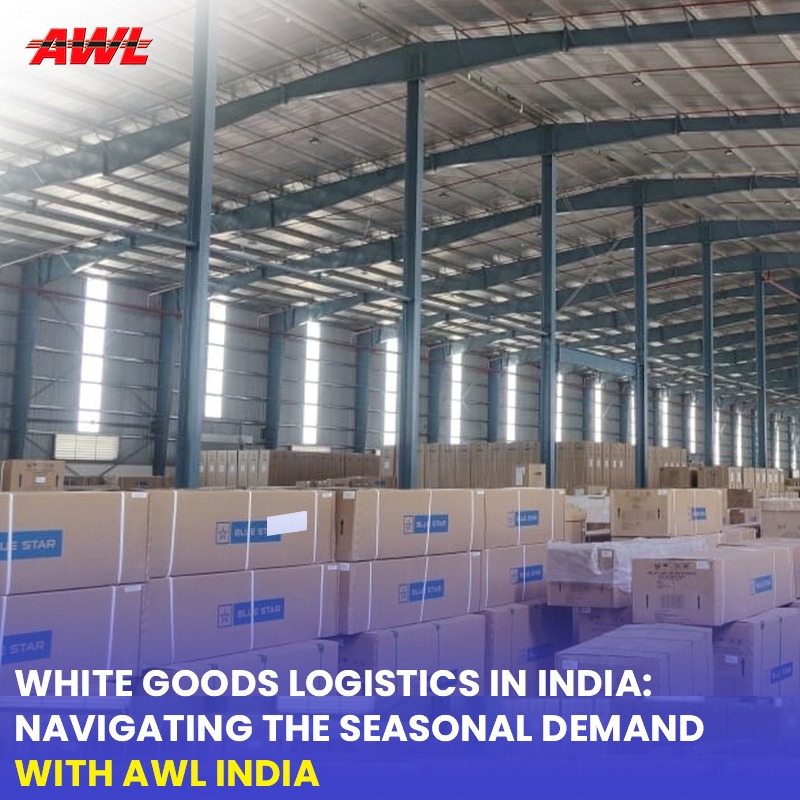

Barcode scanning, looking for open storage spaces, and picking are time-consuming and prone to human mistake in warehouse settings. The majority of the time, these warehouse tasks are still reliant on handouts, Excel lists, or even WhatsApp messaging rather than system-supported information. It is fairly unusual for IT infrastructure and digitization solutions to not be implemented as rapidly as a company's rapid expansion would typically require in order to streamline and improve procedures. Read about TB-International, a client who, despite rapid expansion, was able to take the initial steps toward becoming a smart warehouse, in our success story. The typical procedures for receiving, storing, and shipping products often include posting the receipt of the items, inspecting the goods, repackaging, sorting, storing, picking, and more.
Most of the time, barcodes must be used to identify and account for arriving and exciting items. It is sometimes required to step off the forklift in order to scan cardboard boxes and packing units individually, particularly in rack aisles and on palletized items. Finding and approaching an appropriate storage site, unless this is established systematically, such as by a forklift terminal, is another time-consuming operation that should not be overlooked.
The term "Auto-ID" stands for "automatic identification," and it refers to the process by which a sensor, in conjunction with data interfaces, automatically detects the item data or commodities identity. Usually, RFID technology or smart cameras are used for this. Which of these two methods is better? The supplier inserts RFID labels to the cartons or packing units, much like in our RFID success story. Since RFID-enabled labels are used instead of the existing barcode labels, this doesn't take much work. Since just the label's print medium changes, the supplier's handling is essentially the same. Nothing has changed regarding the information on the label.
With Smart-CAM Auto-ID technologies, a small, intelligent camera that has a wide field of vision and high resolution may be mounted on a gate or forklift, for example, to detect different barcodes and marks on the merchandise. These clever CAMs can distinguish, allocate, and identify the commodities with the use of contemporary machine learning algorithms. If the employment of RFID technology is not practical, it is advised to take this course of action.
An RFID tracking device is a vital tool in a warehouse setting. RFID tracking often involves numerous steps. Inventory is effectively brought under greater control at each stage:
RFID tags don't require line-of-sight scanners and reading equipment, unlike the outdated barcode technology that was once common in the warehouse sector. To manually scan a package, employees no longer need to be within inches of it. Items may be scanned and catalogued using an RFID warehouse tracking system from any location, even if they are concealed by boxes or pallets.
Additionally, RFID tags may be concurrently and remotely detected and read. Multiple tags can be read simultaneously with this sort of capability. Using RFID in a warehouse has a number of significant advantages. First of all, because RFID is so exact, there is no chance of human mistake. Automated procedures that interface with warehouse software can save time. For instance, the RFID tag automatically records a product's arrival and leave even from the cold chain warehouse.
Even services like pick and pack that need worker interaction benefit from RFID. Because RFID makes it possible to instantaneously locate the precise location of any object, workers may save hours of time and enhance productivity. You may lower your warehouse operating expenses, improve accuracy, and accelerate work by incorporating RFID technology into your warehouse management system. In the end, RFID results in a warehouse that is more effective.
The most difficult part of managing your supply chain is handling and controlling the flow of items. There is a danger that raw materials may be handled improperly during storage or transportation, which might seriously harm the items, especially the very sensitive ones. Additionally, dealing with big shipments increases the likelihood that your operations may go awry and cause chaos in the warehouse or distribution centre.
Logistics businesses must now deliver goods on schedule without compromising the quality or integrity of the items due to evolving technology and client demands. With its years of experience, AWL India guarantees smart warehouse solutions by ensuring quick and just-in-time deliveries with complete safety of your inventory using IoT connected technologies and a qualified crew. Radio frequency identification (RFID) tags and computer-enabled sensors may be used to track every little aspect of your merchandise, including the warehouse's temperature and humidity. We can also choose the optimal route and mode of transportation to ensure speedier delivery thanks to the real-time data that has been gathered.

